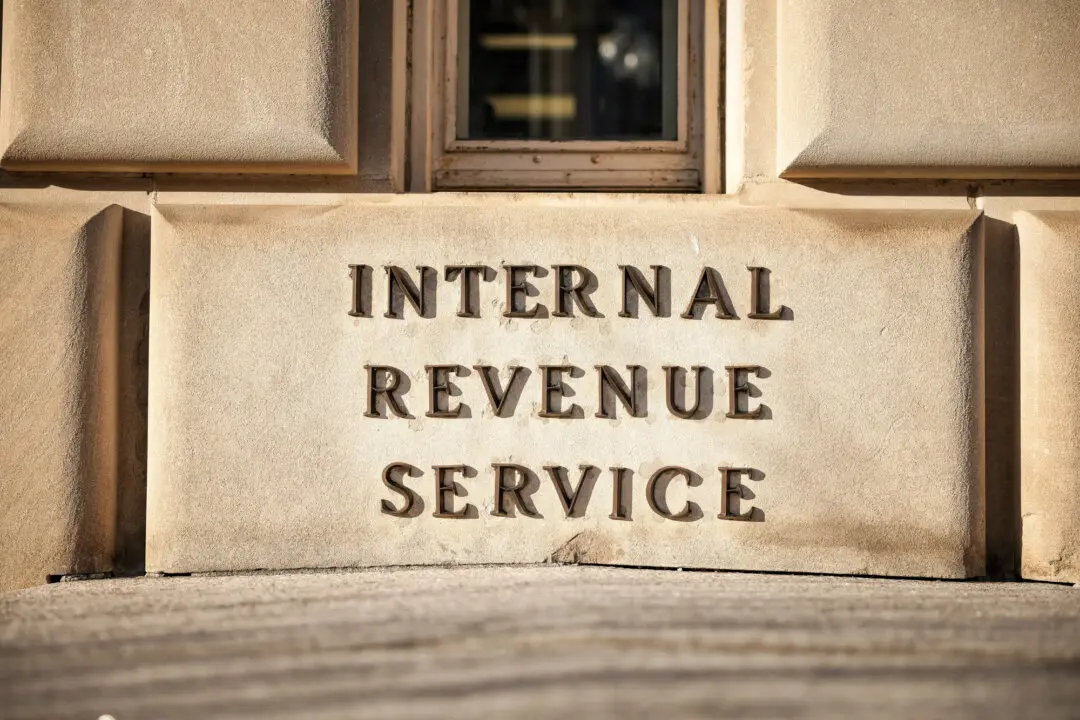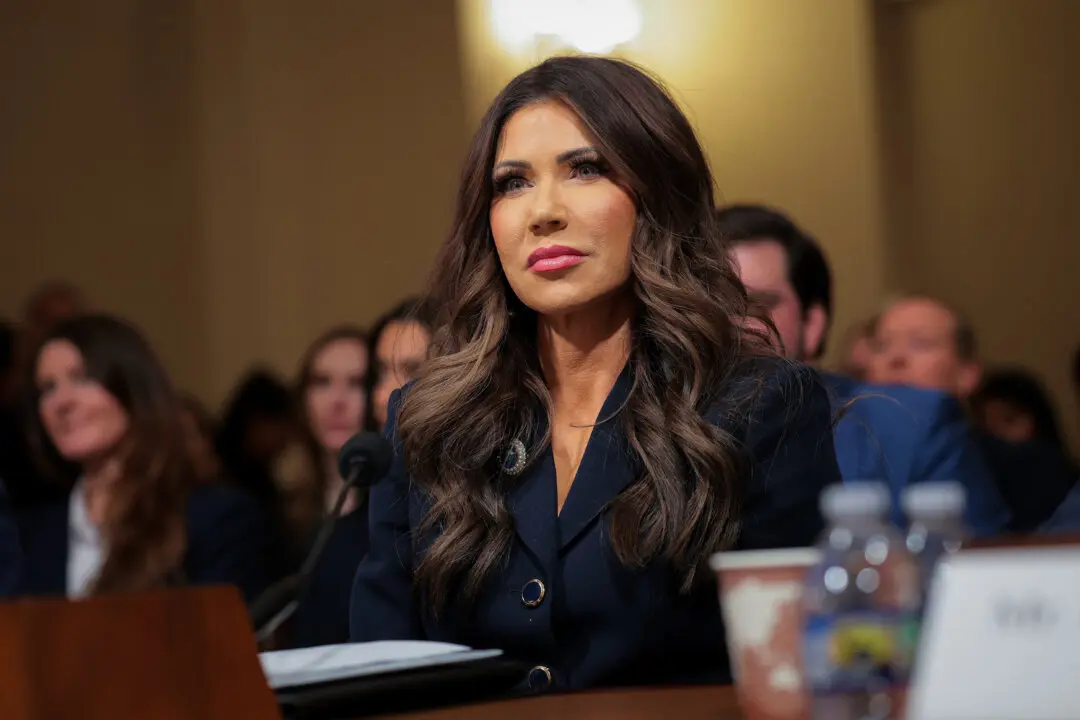Consumer prices rose in July at their slowest monthly pace since February, although a broadening of price pressures suggests that inflation may be more persistent than Federal Reserve officials predict, offering little relief to American households rocked by months of surging prices.
The Labor Department stated in a report on Aug. 11 that the consumer price index (CPI) jumped 0.5 percent in July from June, which is less than the previous monthly increase of 0.9 percent.





